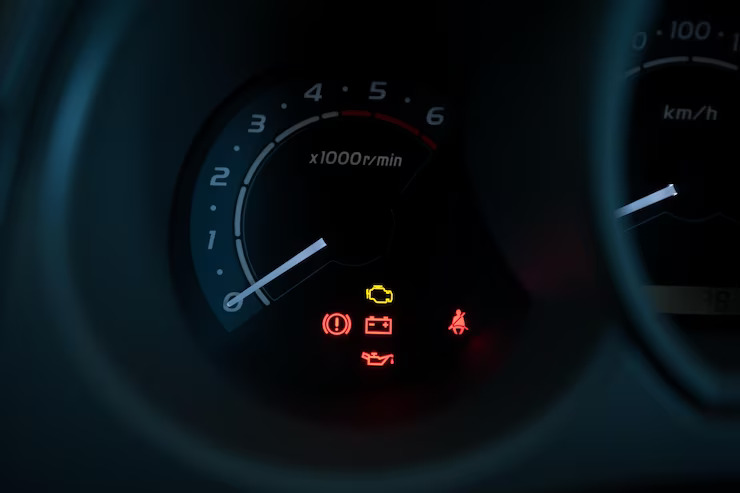The engine timing belt plays a crucial role in the proper operation of a vehicle’s engine. It synchronizes the rotation of the camshaft and crankshaft, ensuring that the engine’s valves open and close at the correct time. Over time, timing belts can wear out or become damaged, leading to potential engine problems. In some vehicles, a warning light associated with the engine timing belt may illuminate on the dashboard, indicating issues that require attention. In this article, we will provide a troubleshooting guide for engine timing belt warning lights to help drivers diagnose and address potential problems effectively.
Importance of Engine Timing Belt Warning Lights:
Engine timing belt warning lights are designed to alert drivers to potential issues with the timing belt system. Ignoring these warning lights can lead to severe engine damage if the timing belt fails. Therefore, it is essential to address any problems promptly to avoid costly repairs and ensure the engine operates properly.
Troubleshooting Engine Timing Belt Warning Lights:
- Inspect the Timing Belt: Start by visually inspecting the timing belt for any signs of damage, such as cracks, fraying, or excessive wear. If the timing belt appears damaged or worn, it should be replaced immediately. It is crucial to consult the vehicle’s manual for the recommended timing belt replacement intervals, as they can vary depending on the make and model.
- Check for Proper Tension: A loose or excessively tight timing belt can cause performance issues and trigger the warning light. If the timing belt tension is incorrect, it may need adjustment or replacement. It is advisable to consult a qualified technician to ensure the correct tension is applied to the timing belt.
- Verify Proper Alignment: The timing belt must be properly aligned with the camshaft and crankshaft gears. If the timing belt is misaligned, it can affect engine performance and trigger the warning light. A misaligned timing belt may require adjustment or realignment, which should be performed by a professional technician.
- Inspect the Timing Belt Tensioner: The timing belt tensioner is responsible for maintaining proper tension on the belt. A faulty or worn-out tensioner can lead to timing belt problems and trigger the warning light. Inspecting the tensioner for any signs of damage or wear and replacing it if necessary is recommended.
- Check for Oil Leaks: Oil leaks can damage the timing belt, leading to premature failure. If oil is present on or near the timing belt, it should be addressed immediately. The source of the leak should be identified and repaired, and the timing belt should be inspected for any oil contamination or damage.
- Reset the Warning Light: In some cases, the warning light may continue to illuminate even after addressing the timing belt issue. Resetting the warning light can be done using an OBD-II diagnostic tool or by disconnecting the vehicle’s battery for a few minutes. However, it is important to note that simply resetting the warning light without addressing the underlying problem is not a long-term solution.
Engine timing belt warning lights should never be ignored, as they indicate potential issues with the timing belt system. By following this troubleshooting guide and promptly addressing any problems related to the timing belt, drivers can ensure the proper operation of their engines and prevent costly repairs. Regular maintenance, such as inspecting the timing belt for signs of wear or damage, is essential for identifying potential issues early on. However, if you are unsure about the necessary repairs or if the warning light persists, it is recommended to seek assistance from a qualified technician for accurate diagnosis and appropriate solutions.











